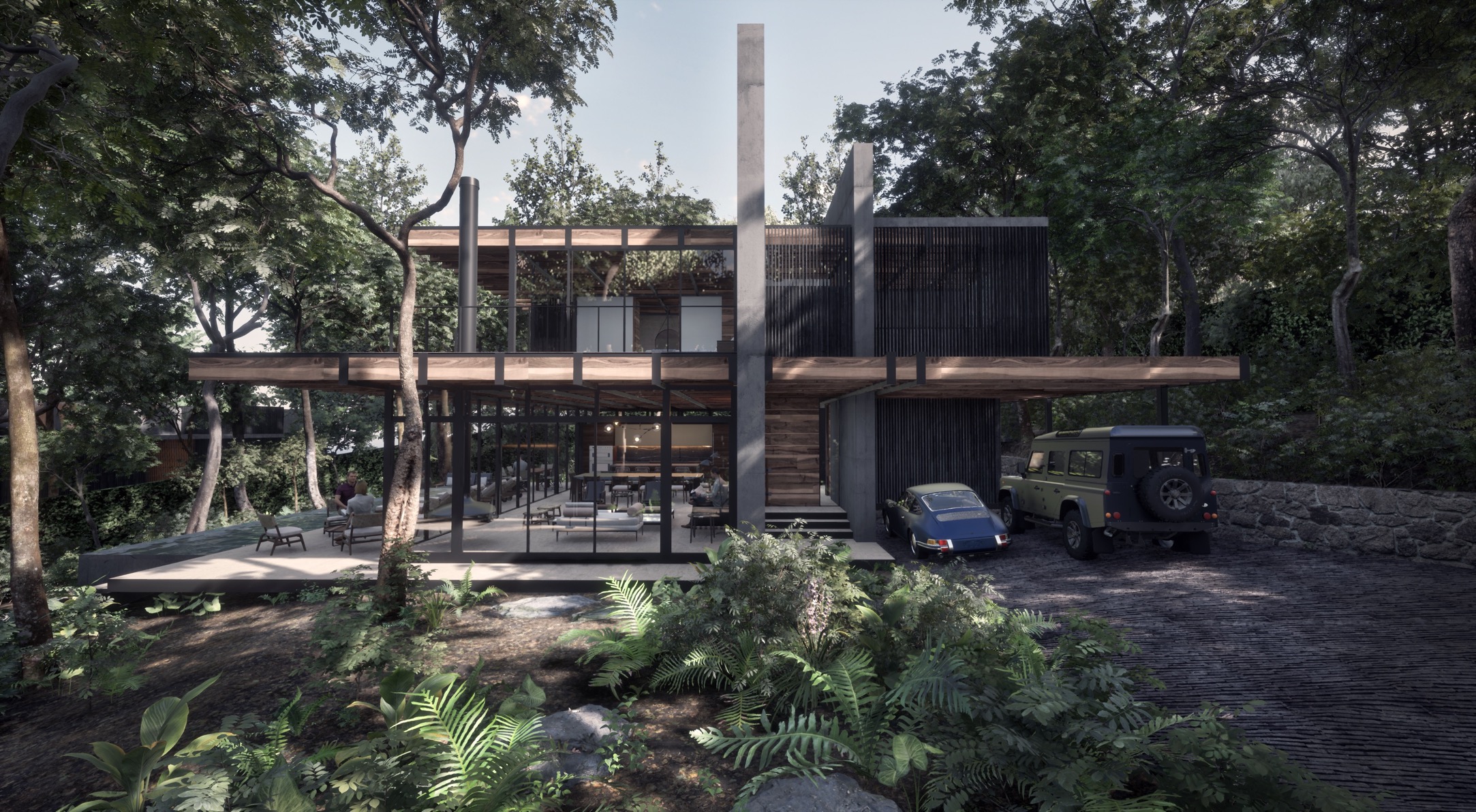
Building Information Modeling (BIM) is a digital design process that has revolutionized the way architects and designers work. It is an intelligent 3D model-based process that provides architects and designers with the information and tools they need to plan, design, construct, and manage buildings and other structures. BIM is a powerful tool that can be integrated into the architectural workflow to improve efficiency, reduce errors, and enhance collaboration between different stakeholders.
One of the key advantages of BIM is that it allows architects and designers to work with a single, centralized model of the building or structure. This model contains all the information needed for the design and construction process, including geometry, materials, and other data. This allows architects and designers to easily access and share information, which can greatly improve collaboration and coordination between different stakeholders.
Another important benefit of BIM is that it allows architects and designers to simulate and analyze different scenarios. This can include analyzing the building’s energy efficiency, structural integrity, and other performance parameters. BIM also allows architects and designers to simulate different construction scenarios, which can help to identify and resolve potential issues before construction begins.
In addition, BIM allows architects and designers to automate many of the tedious and time-consuming tasks associated with the design and construction process. This can include automating the creation of detailed drawings, schedules, and other documentation. This automation can save architects and designers a significant amount of time and effort, allowing them to focus on more important tasks.
The integration of BIM into the architectural workflow also helps to improve the communication between architects and builders. BIM allows architects and builders to work with a shared model and data, which can help to reduce errors and rework. This can help to save time and money, and improve the overall quality of the project.
Furthermore, BIM also provides a way to facilitate the data management throughout the life cycle of a building. The use of BIM helps to collect, organize and share data from a building’s design, construction, operation and maintenance phases, allowing a seamless transition of information between all stakeholders.
In conclusion, Building Information Modeling (BIM) is a powerful tool that can greatly enhance the architectural workflow by improving efficiency, reducing errors, and enhancing collaboration between different stakeholders. BIM integration can help architects and designers to work more effectively, automate tedious tasks, and make better-informed decisions. The integration of BIM in the architectural workflow helps to enhance the communication, data management and the overall quality of a building project.



